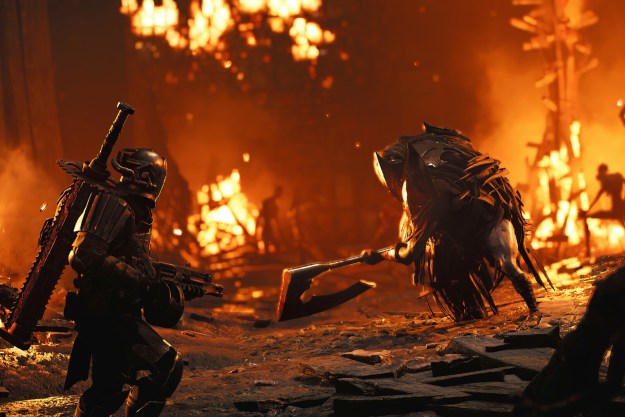Market analysis firm IDC reports that worldwide PC shipments increased by 12.5 percent during the second quarter of 2007, with the Asia Pacific region (sans Japan) leading the way with a brisk 20 percent increase in sales volume compared to the second quarter of 2006. The United States market also say a respectable 7.2 percent growth in sales, and the overall sales increases seem to be benefiting every computer maker…except, that is, for Dell, which continued to see its overall sales volume decline.
"This was another strong quarter that sets the stage for solid growth in the second half of 2007 and 2008," said Loren Loverde, director of IDC’s Worldwide Quarterly PC Tracker, in a statement. "The success of HP and Acer as well as the rapid changes occurring at Dell in recent quarters underline just how dynamic the PC market is these days. Despite the temptation to simplify, the market is not just about replacing systems at the lowest cost. System design, customer service, channel coverage, and market expansion are all playing key roles in winning business."
In the Asia Pacific region (omitting Japan, which is IDC evaluates separately), sales of portable systems grew by about 50 percent, with China being a sales leader, but with nearly every country in the region posting double-digit growth in portable sales year-to-year. Japan, conversely, say virtually no change in volume of portable sales and an actual decline in desktop sales, shrinking the country’s market as a whole. Europe, the Middle East, and Africa saw double digit growth, again with strong sales of portables, with HP and Acer showing strength to both consumers and businesses.
In the U.S., desktop shipments continued to contract while portable shipments expanded. Dell managed to hold onto its title as top vendor in the U.S., PC market (selling 4.85 million systems to number two HP’s 4.02 million), although the company is still losing ground to HP, Toshiba, and Acer. The only other major manufacturer to see a decline was Gateway, which saw its volume decline almost 7 percent from a year ago, although it did slightly better in the second quarter of 2007 compared to the first.
Editors' Recommendations
- These 5 PC upgrades are the biggest money wasters
- Helldivers 2 PC performance: best settings, performance, crashing
- Alan Wake 2 is proof that more PC games need a potato mode
- As a pro PC builder, here are 5 building tips no one tells you
- Starfield PC performance: best settings, FSR 2, benchmarks, and more


